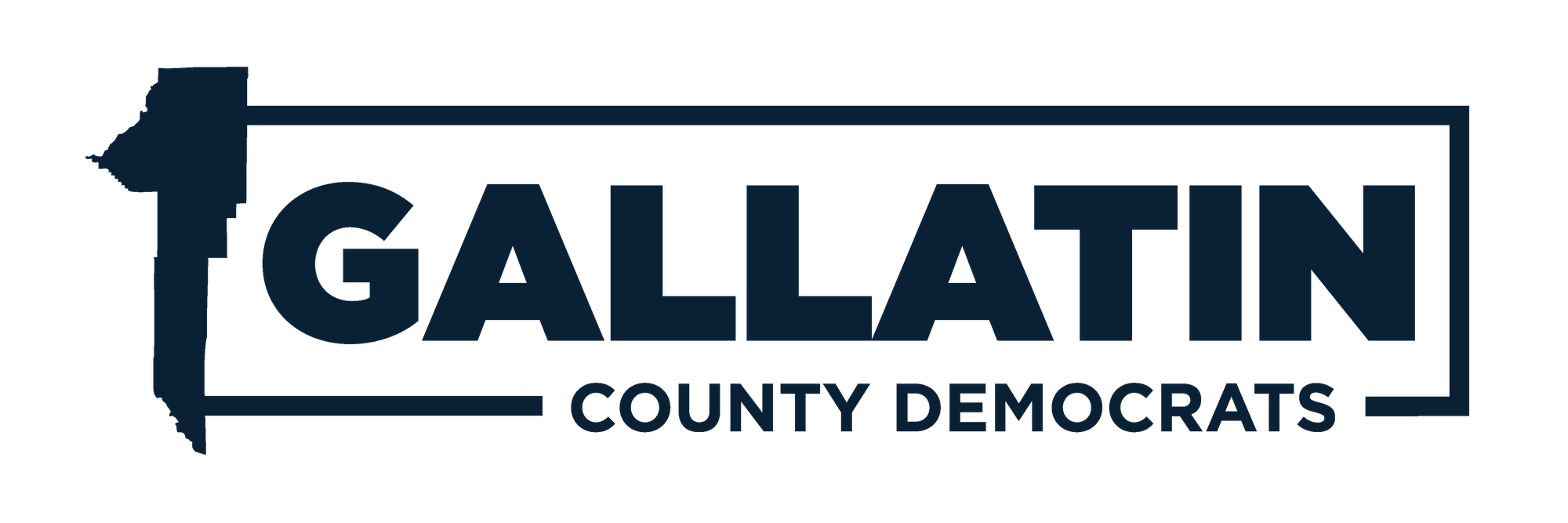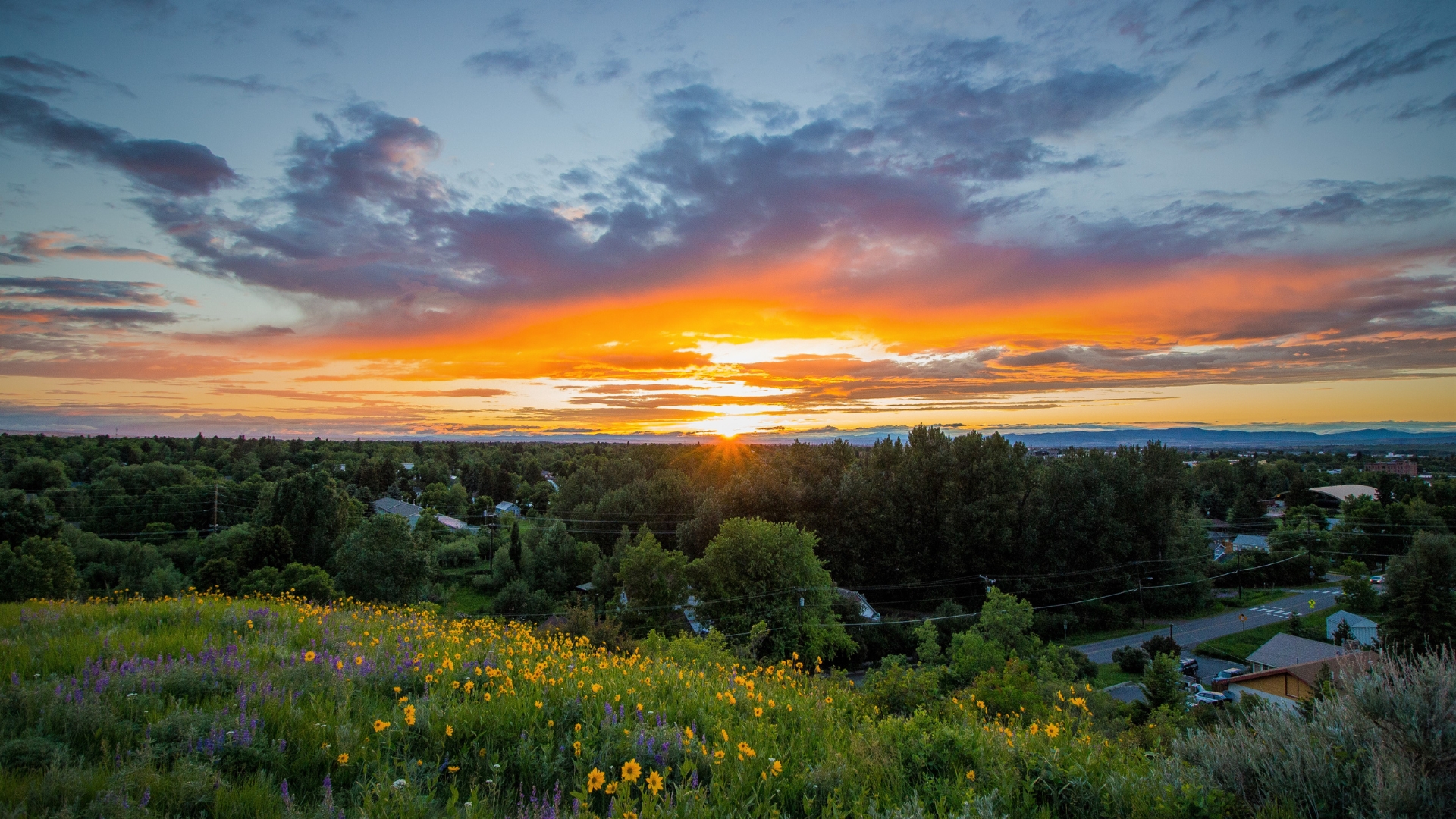When Gov. Greg Gianforte signed a backdoor anti-bison settlement deal that forbade any bison being on Montana public lands, he exemplified longstanding manifest destiny policy stemming from the 19th century.
After the U.S. Army was defeated by Lakota, Arapaho and Cheyenne allies in Red Cloud’s war and the Fort Laramie Treaty was signed in April 1868. The previous year Col. Richard Dodge bluntly recognized the importance of bison to nomadic Plains Indians as a lifeline: “Every buffalo dead is an Indian gone.
Secretary of the Interior in the Interior, Columbus Delano, knew once bison were eradicated Indians would have to surrender to the reservation system, noting in his 1872 annual report. The rapid disappearance of game from the former hunting-grounds must operate largely in favor of our efforts to confine the Indians to smaller areas, and compel them to abandon their nomadic customs.
The bill made it through Congress but was vetoed by President Ulysses S. Grant as the formerly nomadic tribes were then starved onto reservations as Delano predicted.
As bison numbers began to uptick after conservation efforts, foreign cattle would transmit brucellosis to Indigenous bison. They again would be slaughtered by the thousands for the ironic reason of being carriers of it although there has never been a recorded instance of bison to cattle transmission of the disease.
If one attends a hearing on bison matters, one can’t help but compare how this seems an Old West Cowboys versus Indians war with foreign cattle versus indigenous bison who face seething hostile prejudices.
While not apathetic to cattle rancher livelihoods and while most Montanans appreciate our vibrant beef economy, there’s no way to put this other than bluntly: it is disingenuous they should have sole public grazing rights to public lands all Montanans are supposed to enjoy, and then abuse that granted welfare as a dictatorial permission to shut down all other voices. Prior, with the overly bureaucratic, glacial implementation of steps over years of bison being proposed to be reintroduced on Montana public lands, select farmers and ranchers were simply anti-bison that whole while, period.
Such is the intersectionality of old prejudices against that which is indigenous in Montana. But we Indigenous folks do belong here, as do bison.

